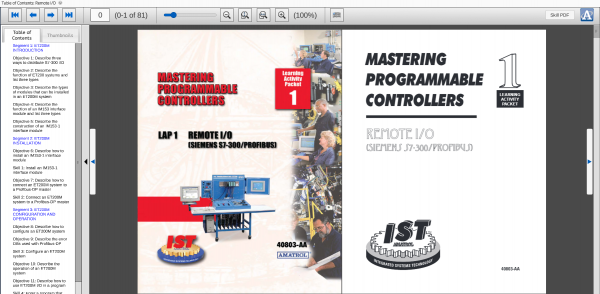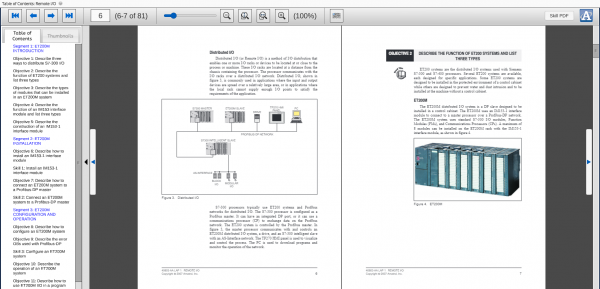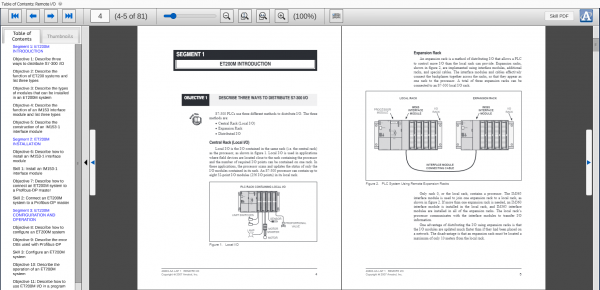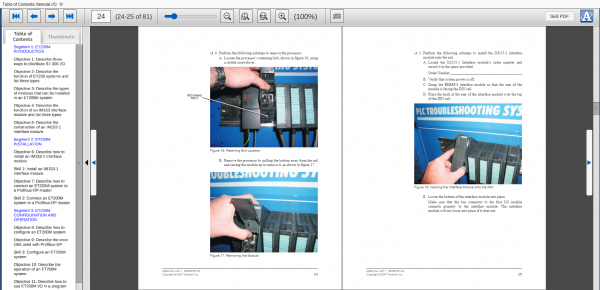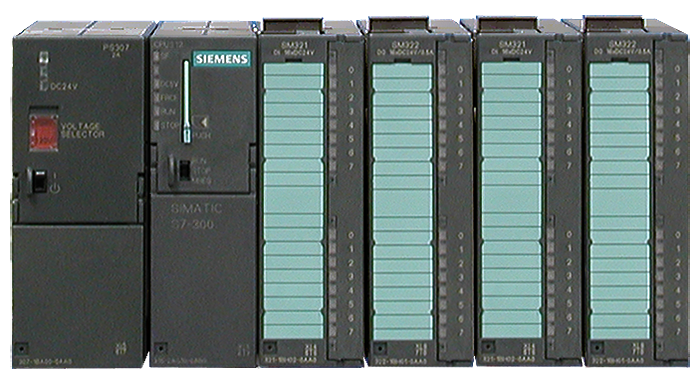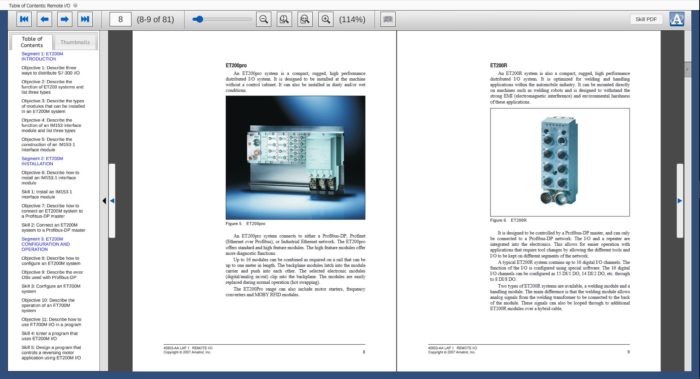
Requires:
- Computer (see Computer Requirements)
Options:
- PLC Distributed I-O Learning System - Siemens S7 (89-RIO-S7)
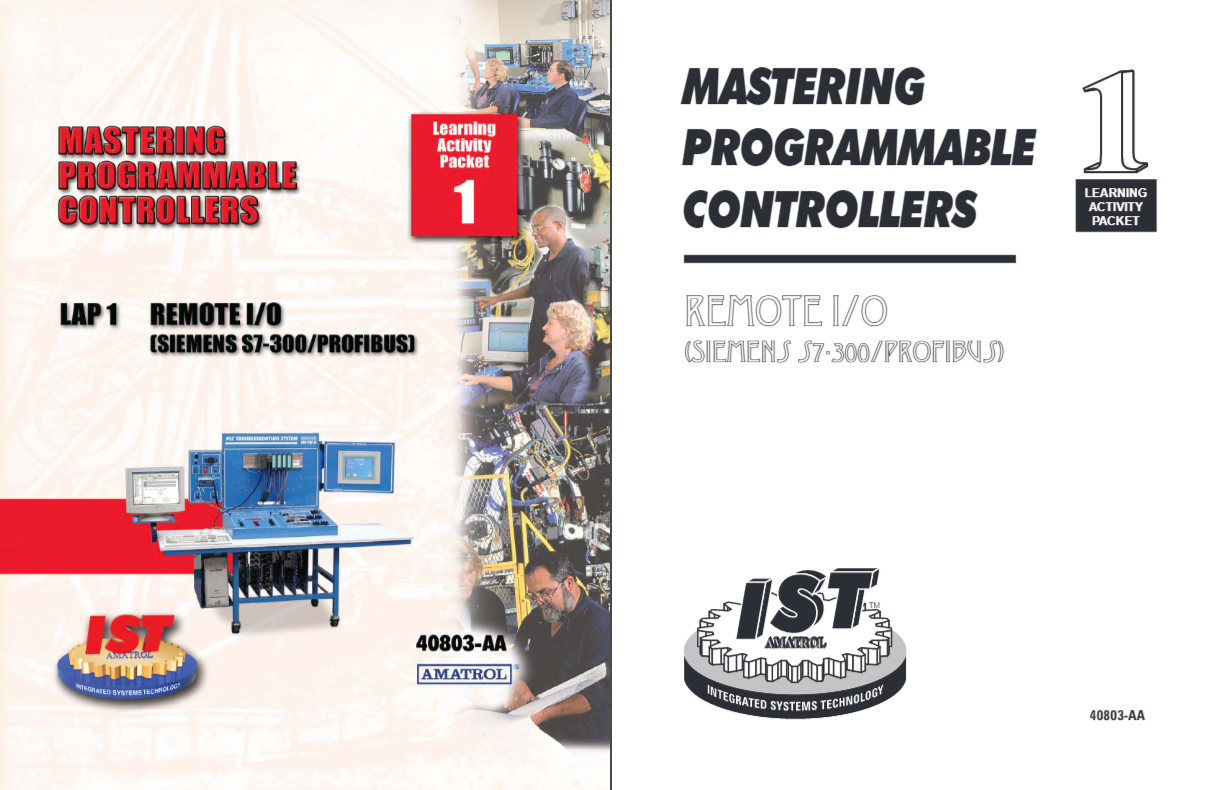
Amatrol | 89-RIO-S7
- Siemens S7
A distributed I/O system allows a master processor to communicate with remote or distributed I/O slave systems that are located either close to or on the machine or process being controlled. Topics for the PLC Remote I/O eBook include introduction, installation, configuration, and operation.
What are Three Methods to Distribute I/O?
S7-300 PLCs use three different methods to distribute I/O. The three models are Central Rack, Expansion Rack, and Distributed I/O.
- Central Rack (Local I/O): Local I/O is the I/O contained in the same rack as the processor. Local I/O is used in applications where field devices are located close to the rack containing the processor and the number of required I/O points can be contained on one rack. In these applications, the processor scans and updates the status of only the I/O modules contained in its rack.
- Expansion Rack: An expansion rack is a method of distributing I/O that allows a PLC to control more I/O than the local rack can provide. Expansion racks are implemented using interface modules, additional racks, and special cables. The interface modules and cables effectively connect the backplanes together across the racks, so that they appear as one rack to the processor.
- Distributed I/O (Remote I/O): Distributed I/O (or Remote I/O) is a method of I/o distribution that enables one or more I/O racks or devices to be located at, or close to, the process or machine. These I/O racks are located at a distance from the chassis containing the processor. The processor communicates with the I/O racks over a distributed I/O network. Distributed I/O is commonly used in applications where the input and output devices are spread over a relatively large area, or in applications where the local rack cannot supply enough I/O points to satisfy the requirements of the application.

